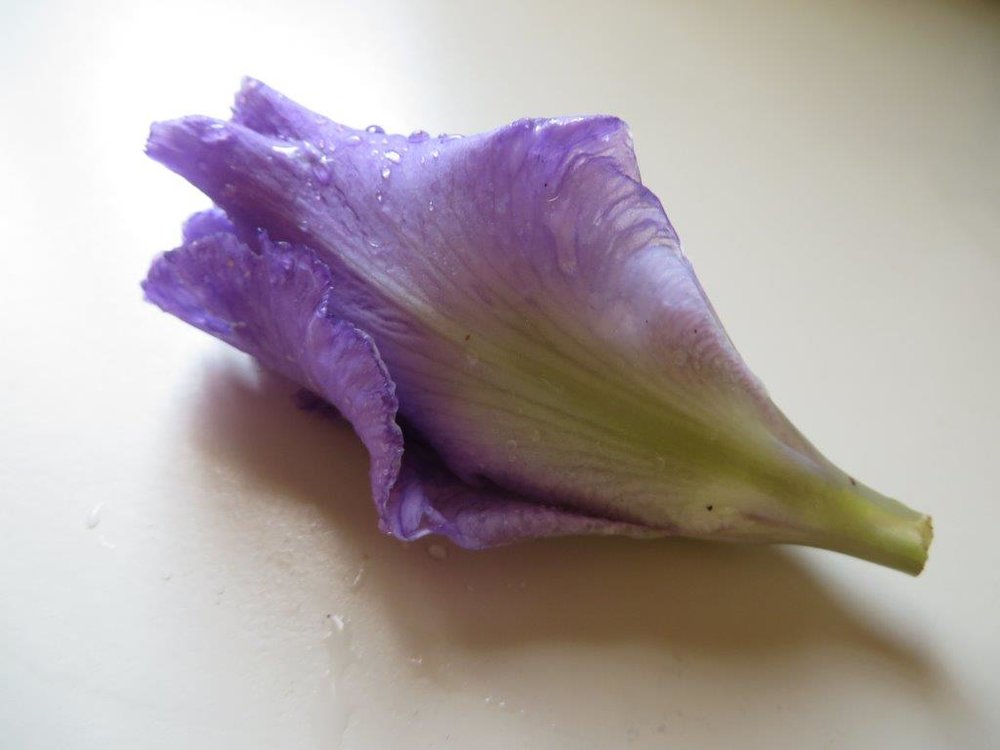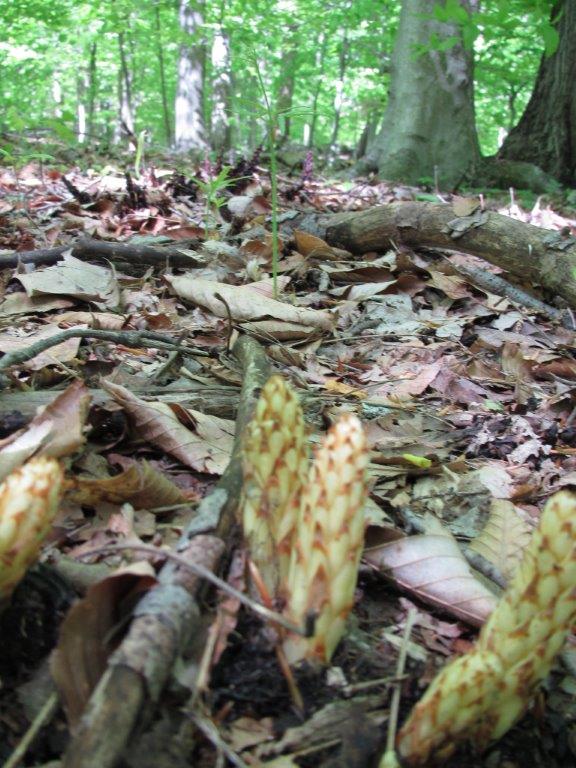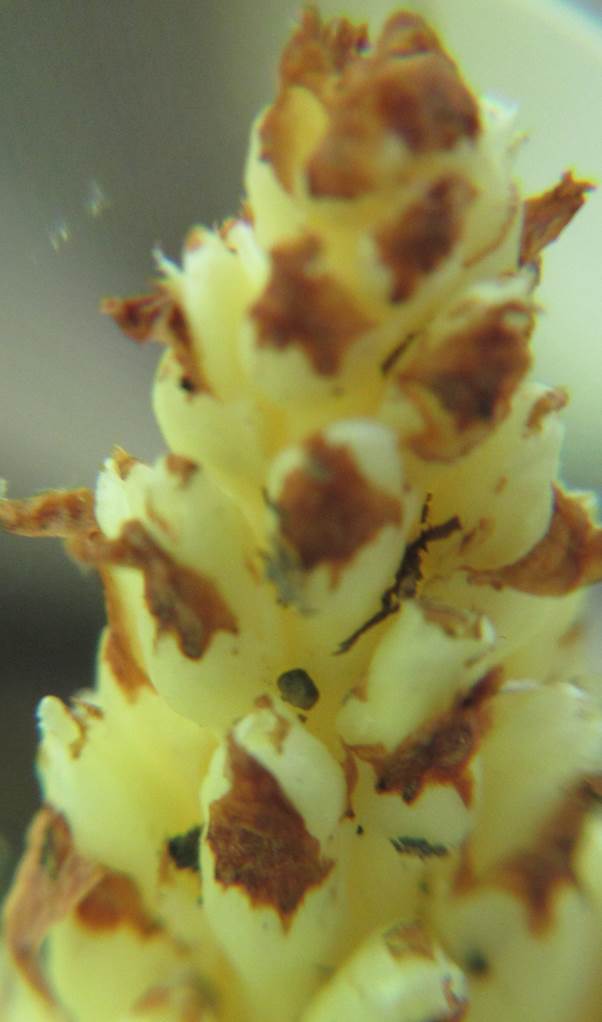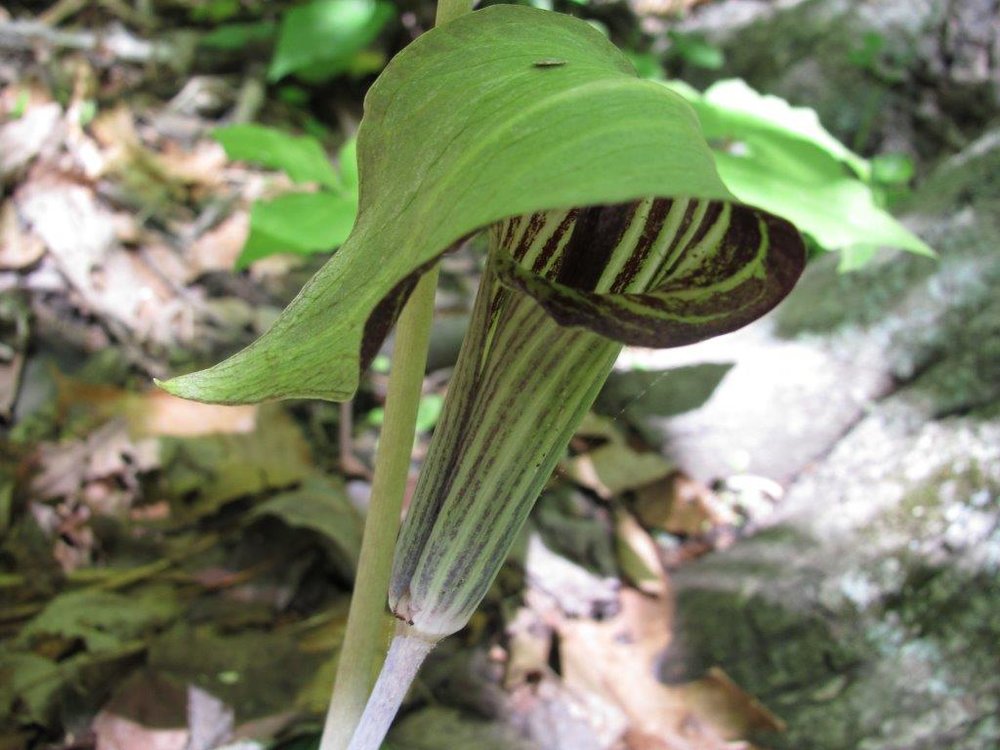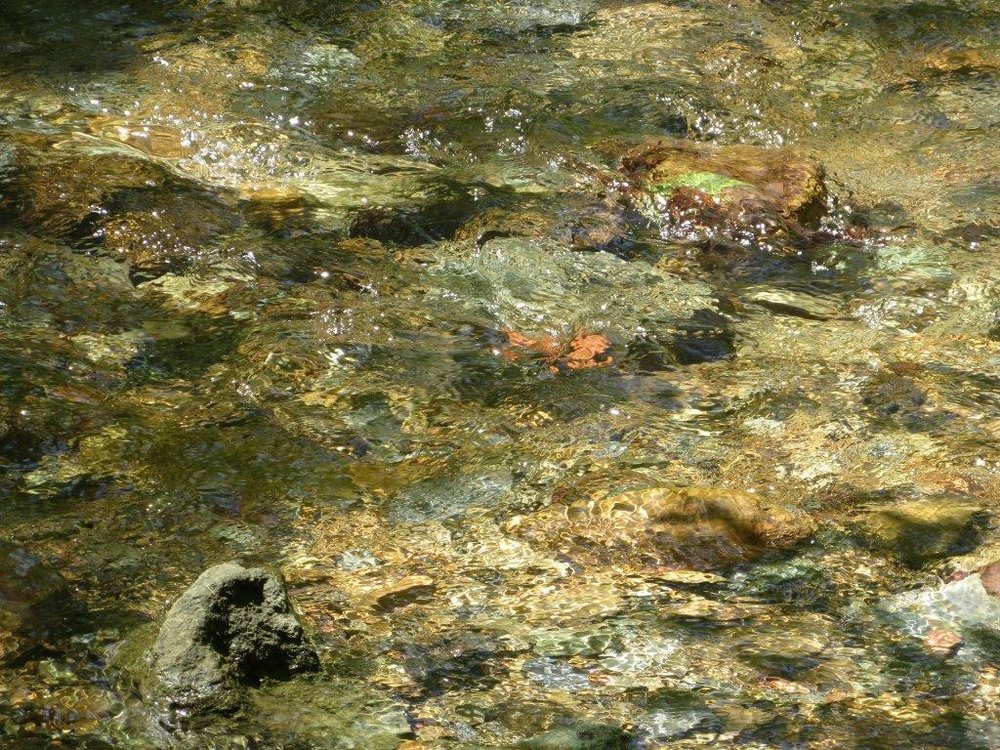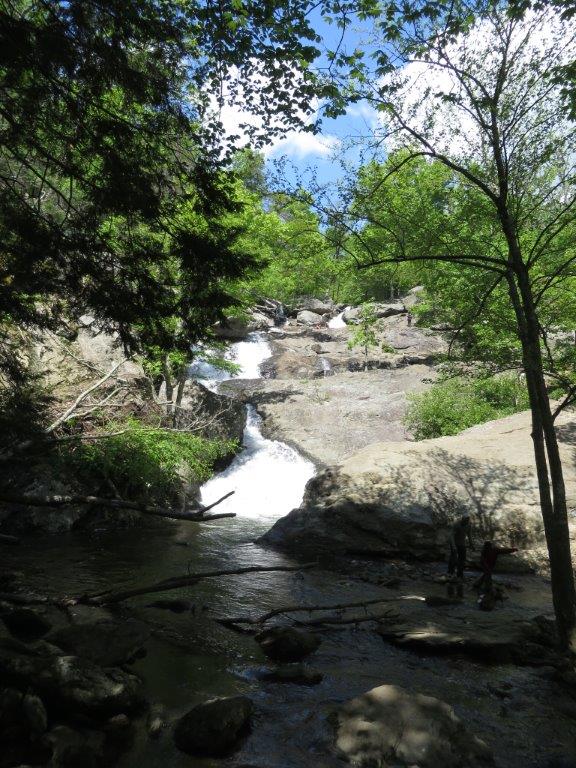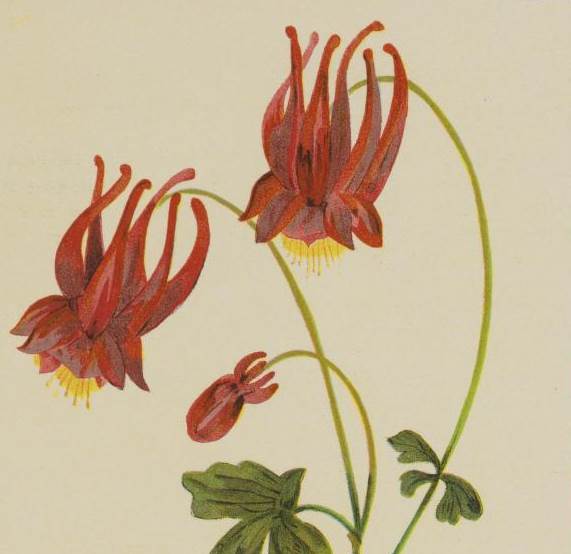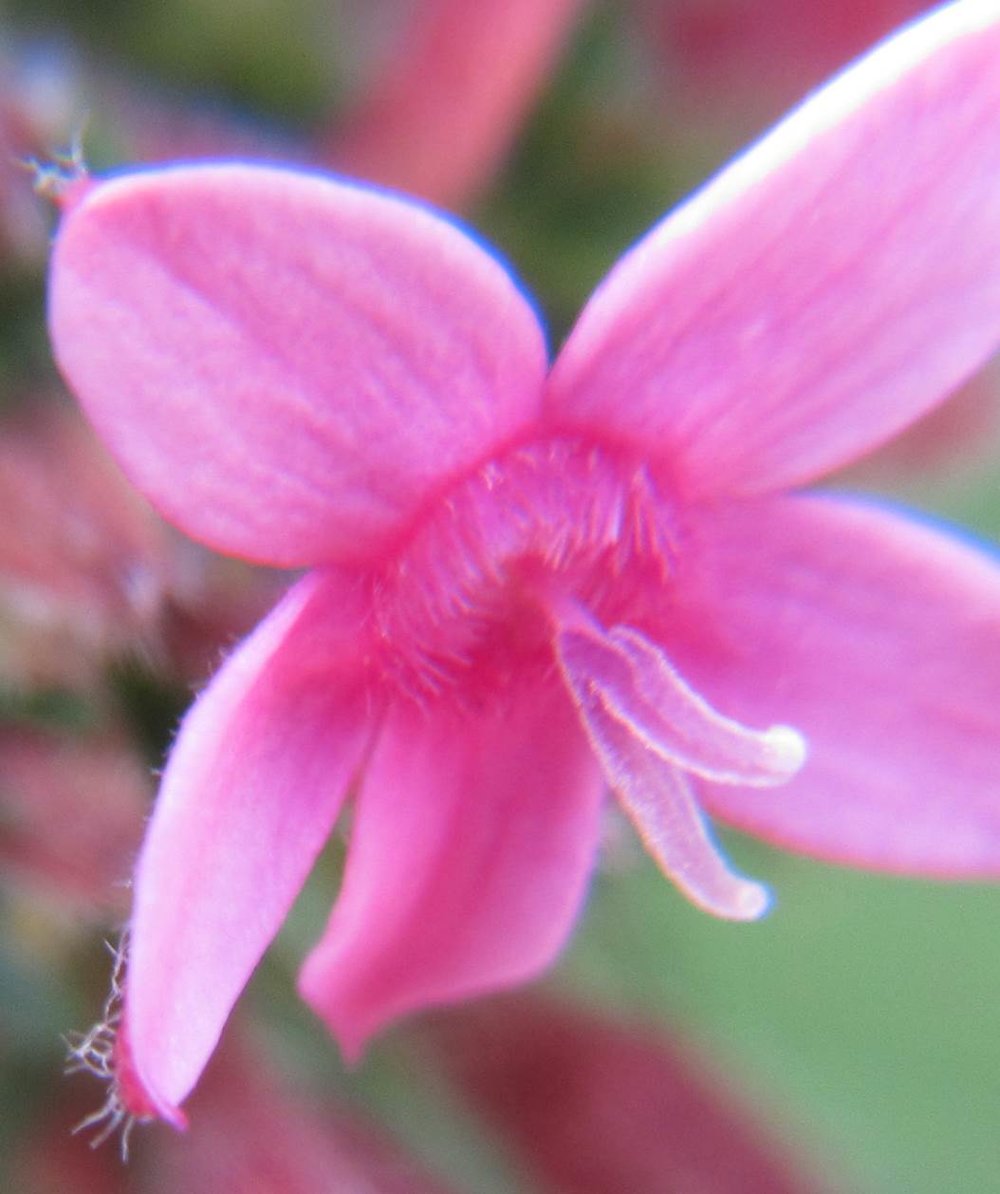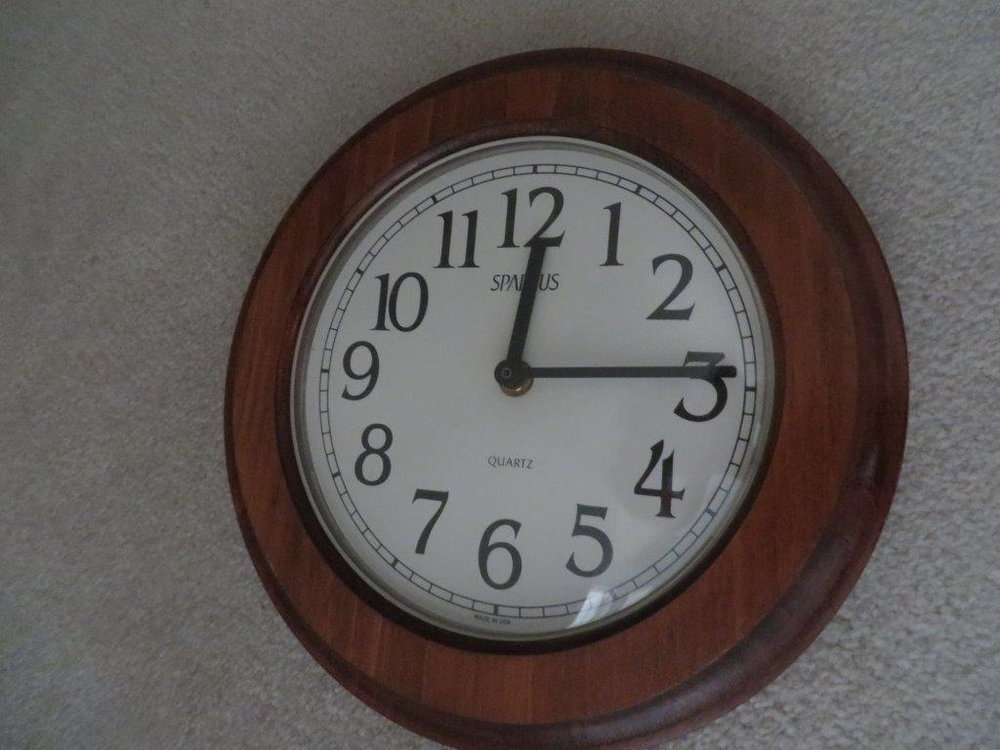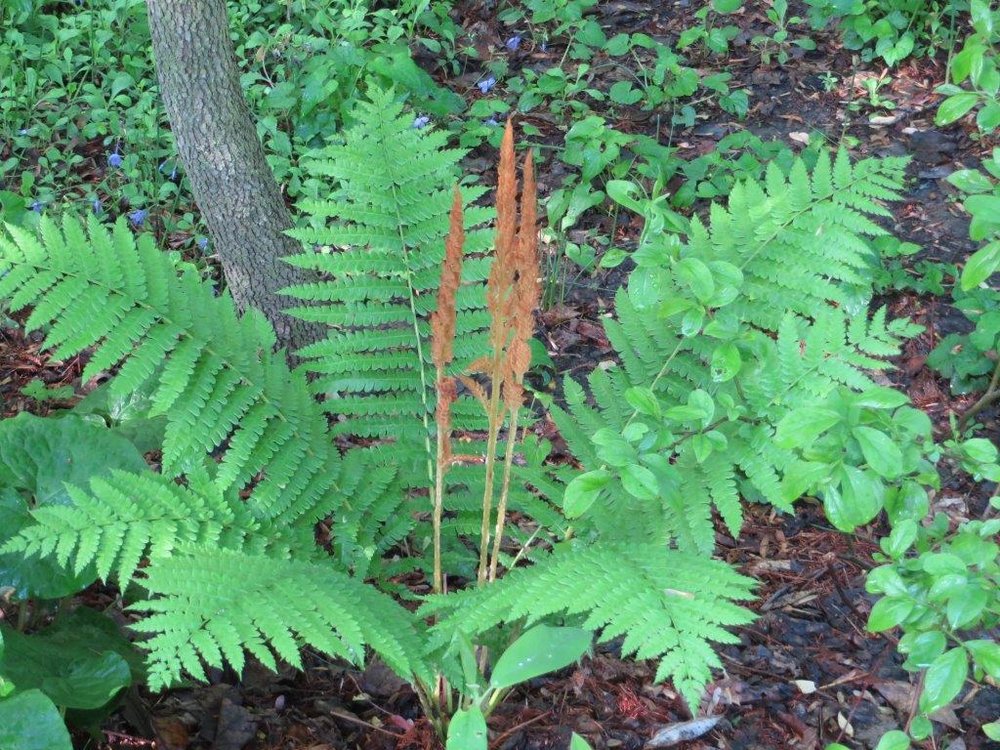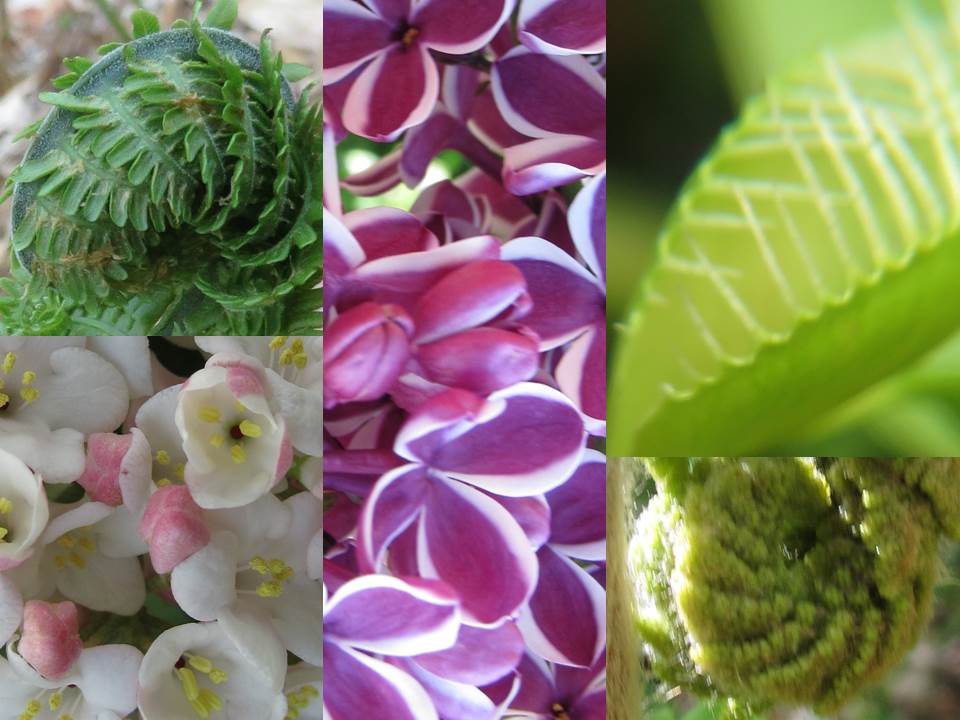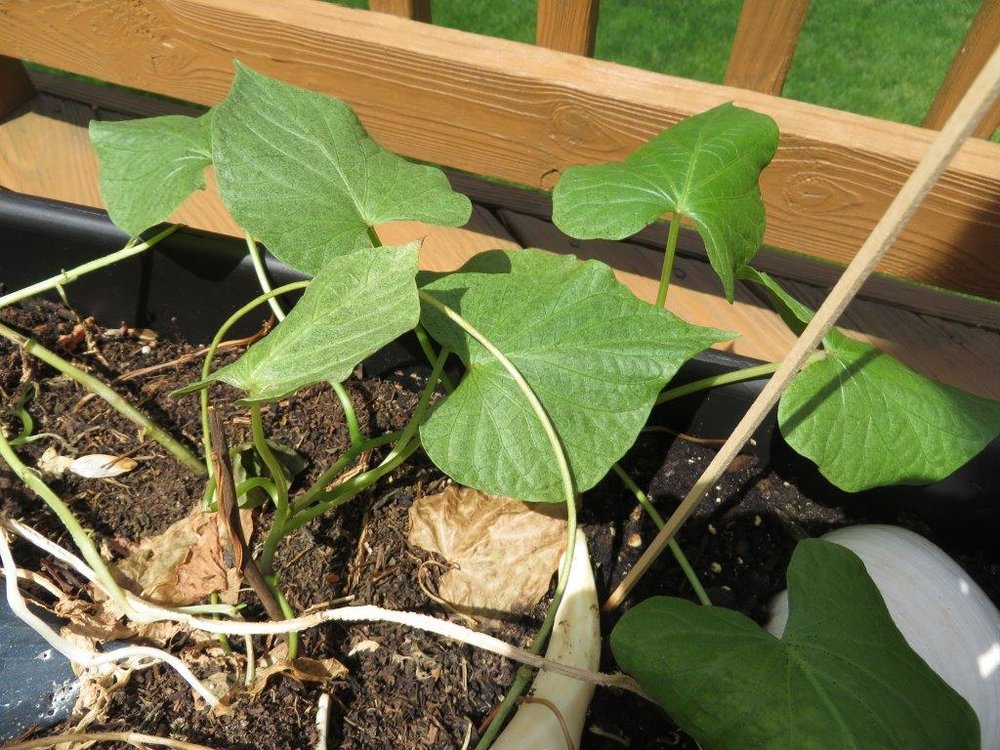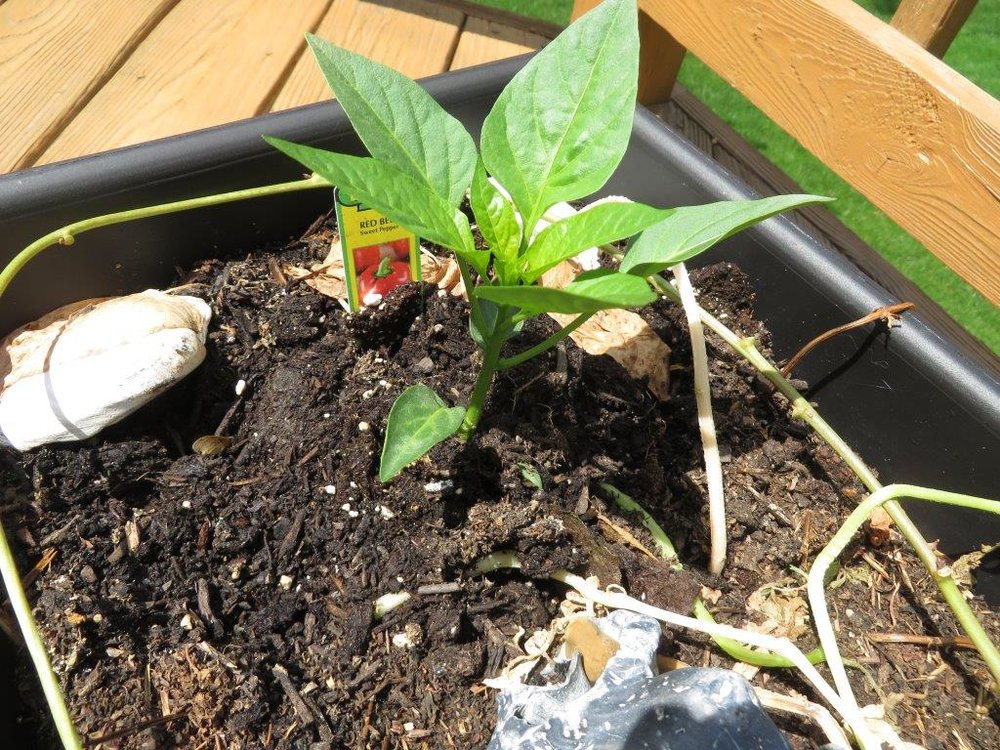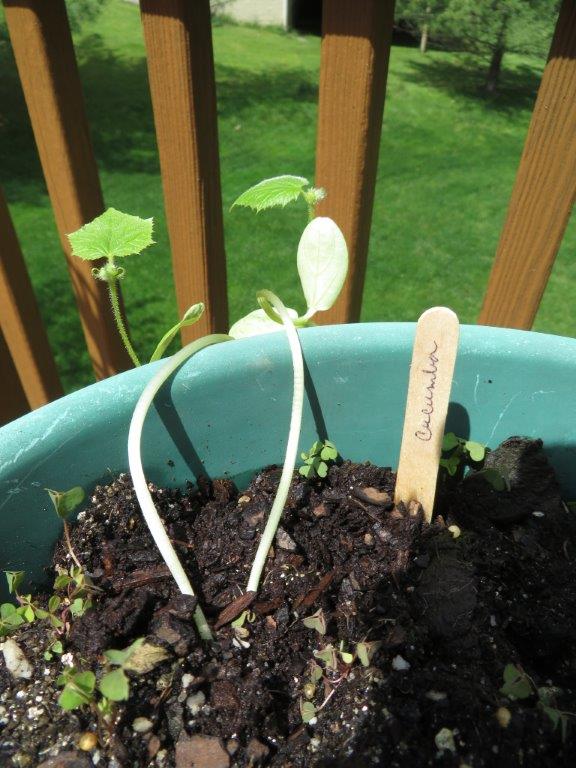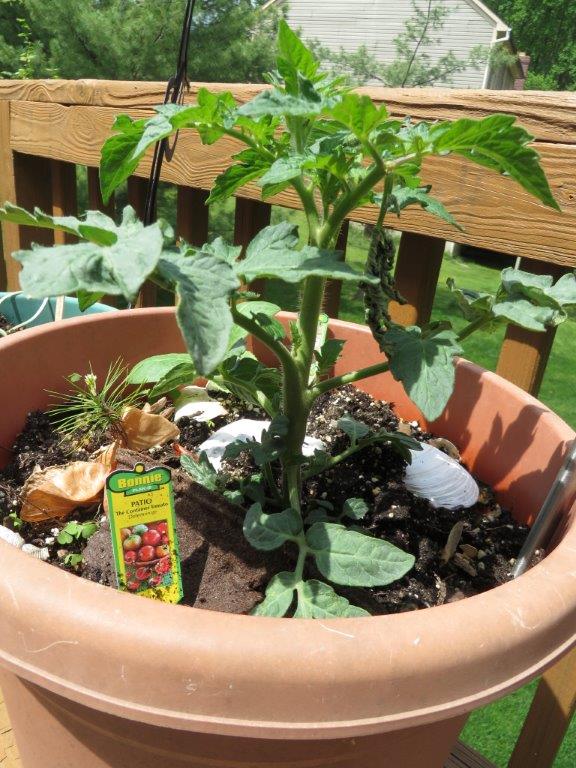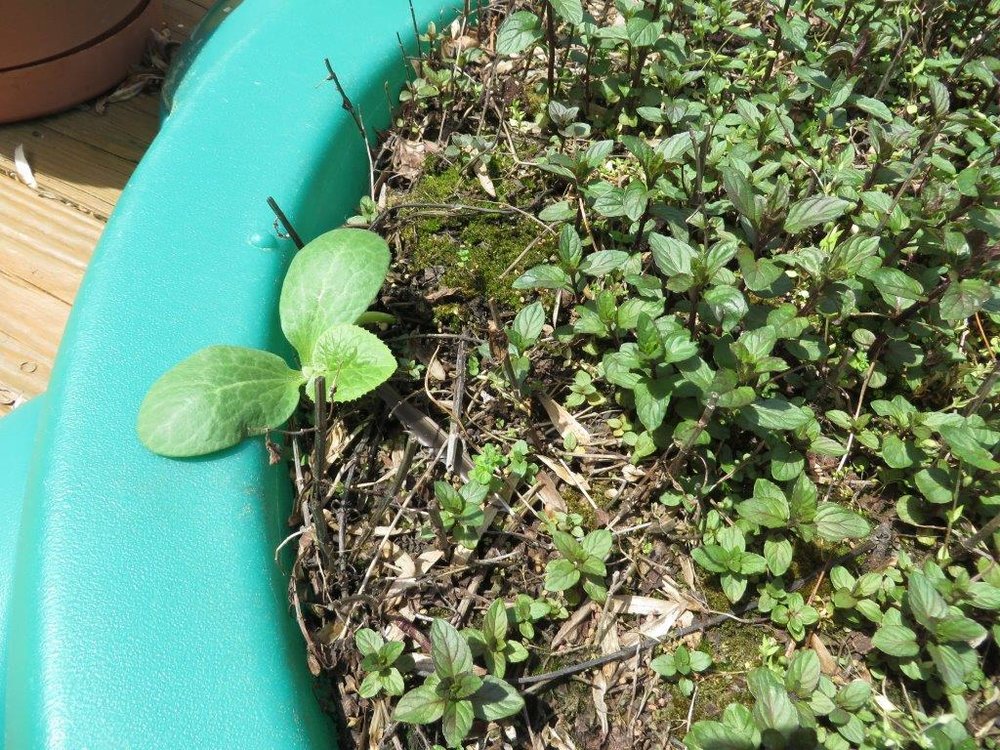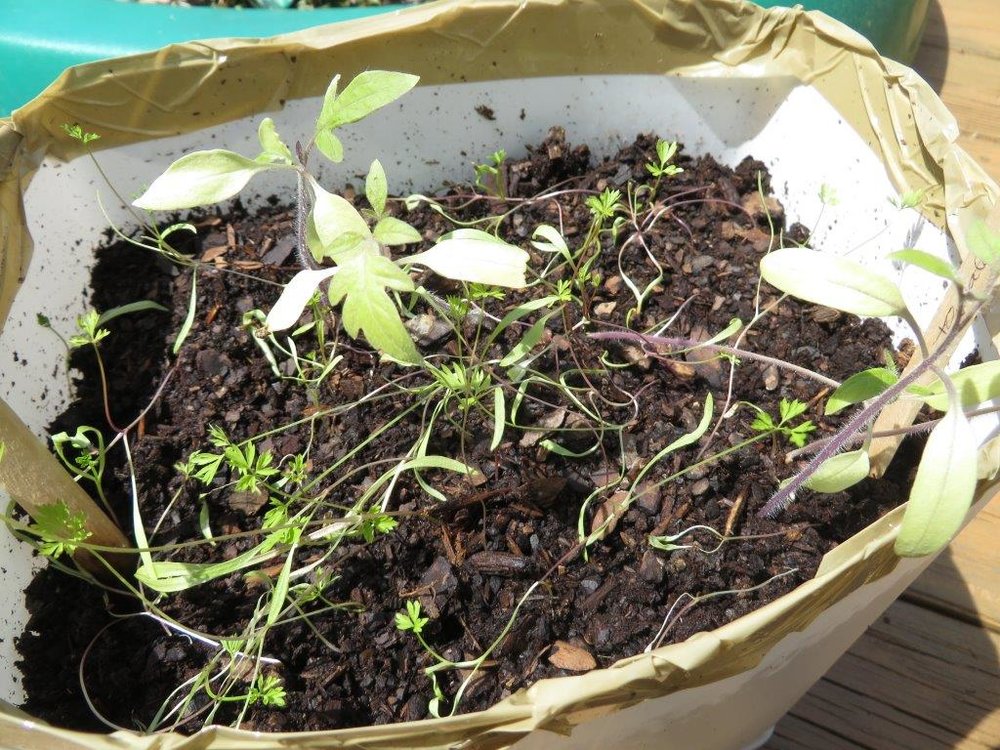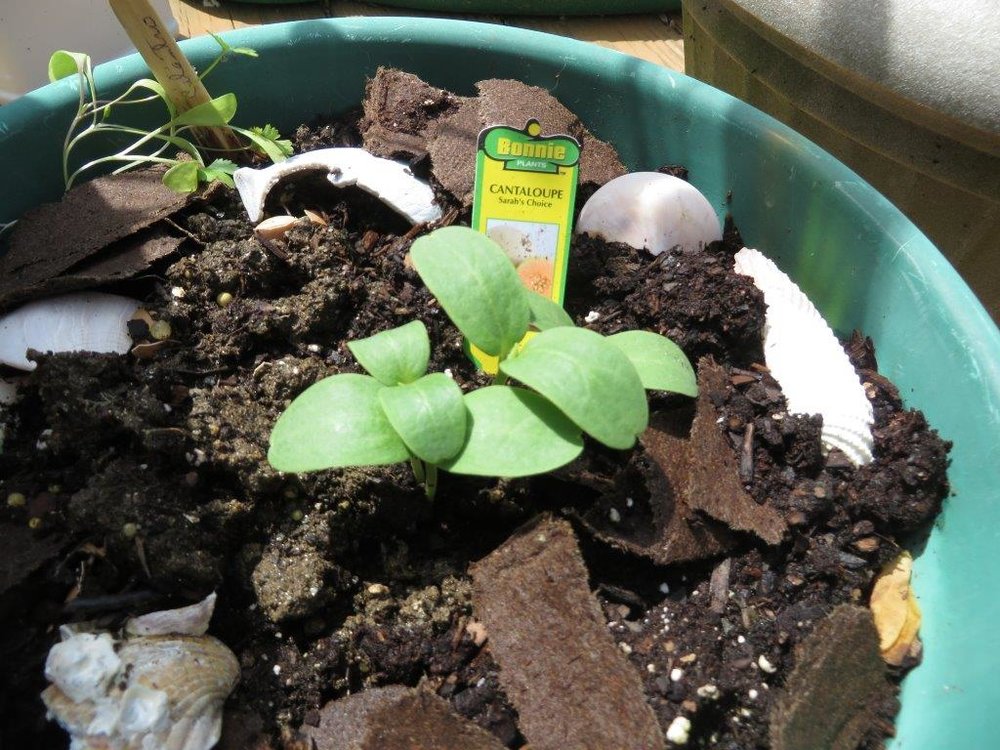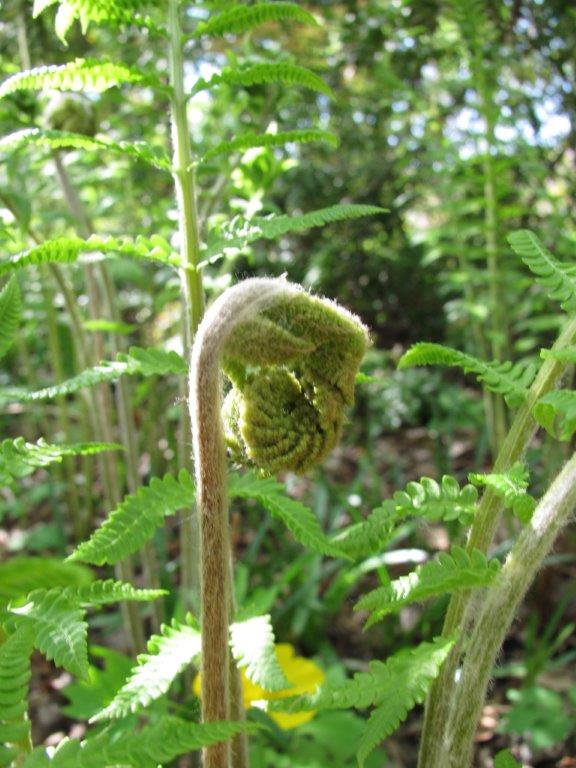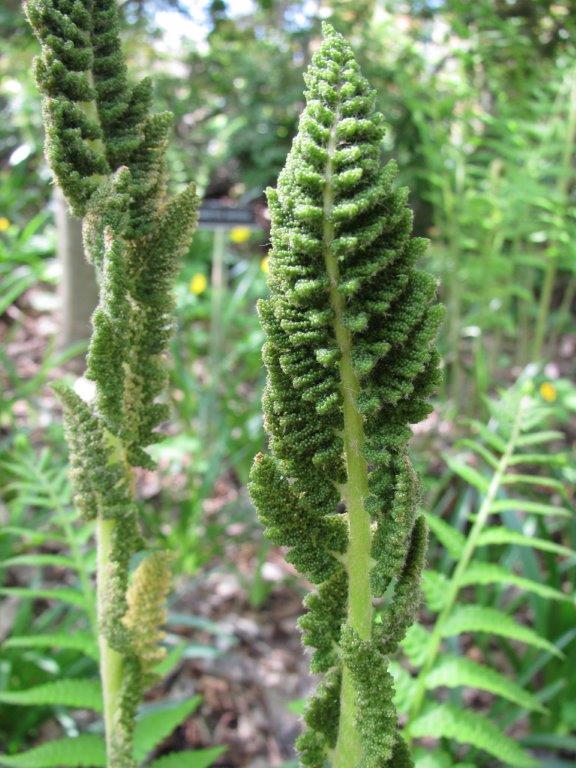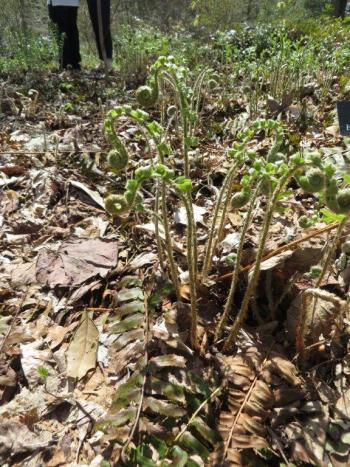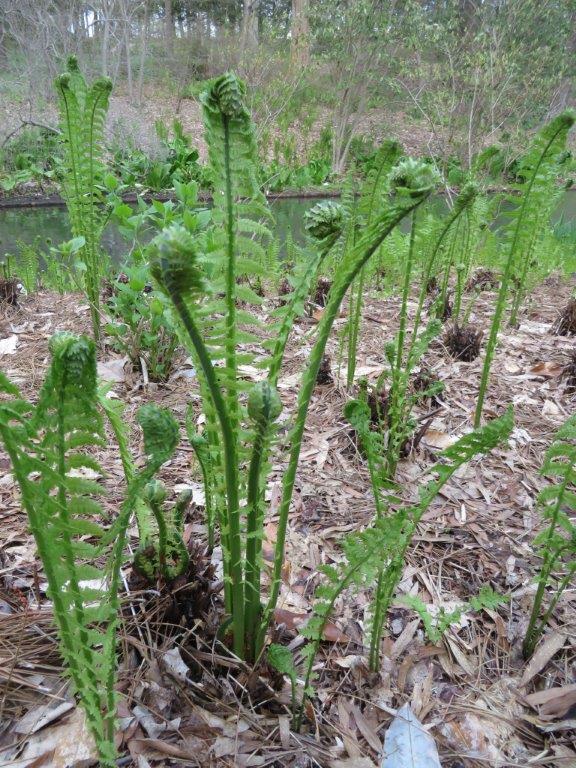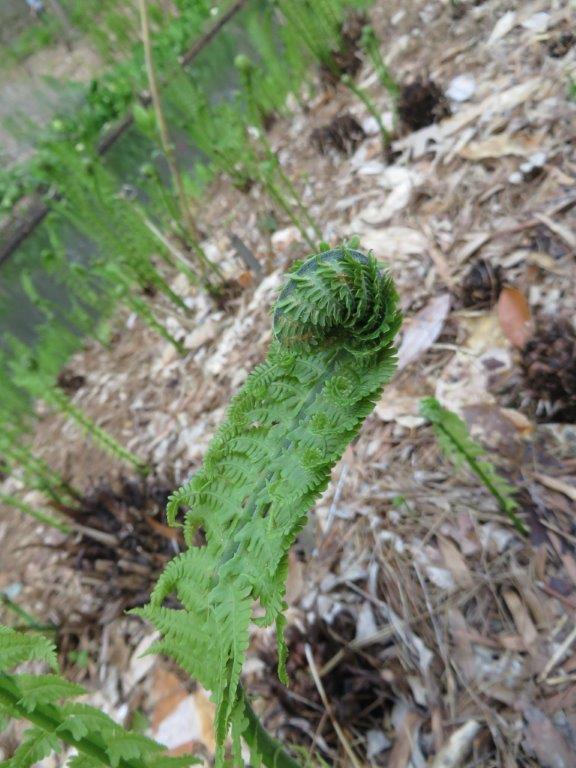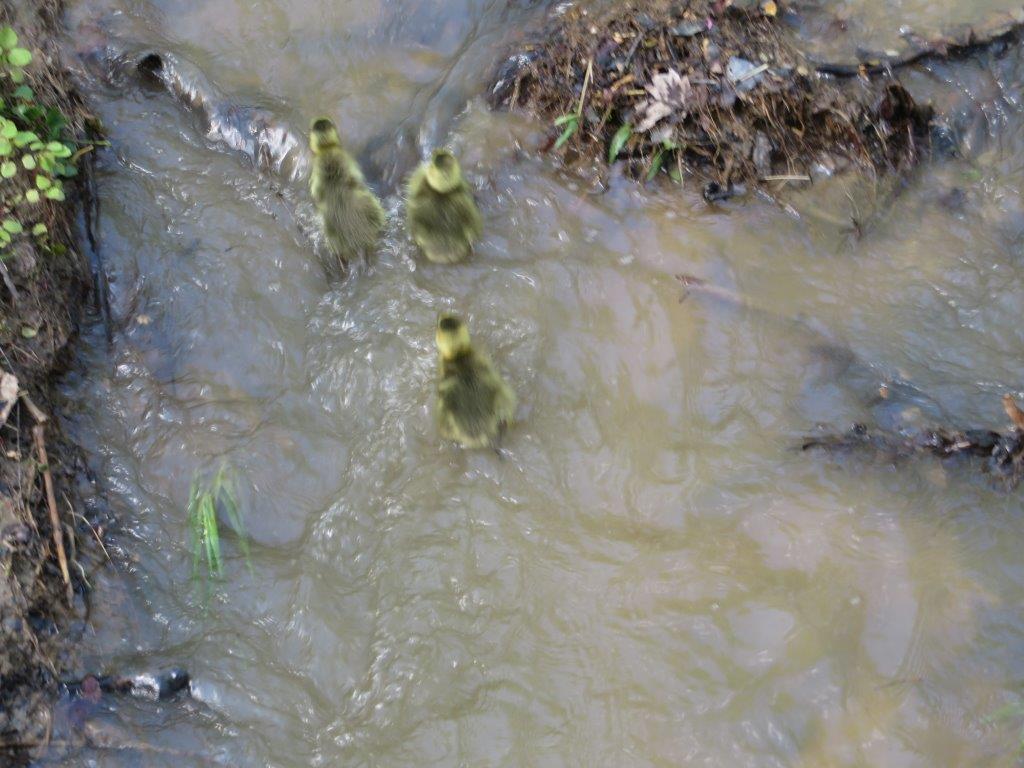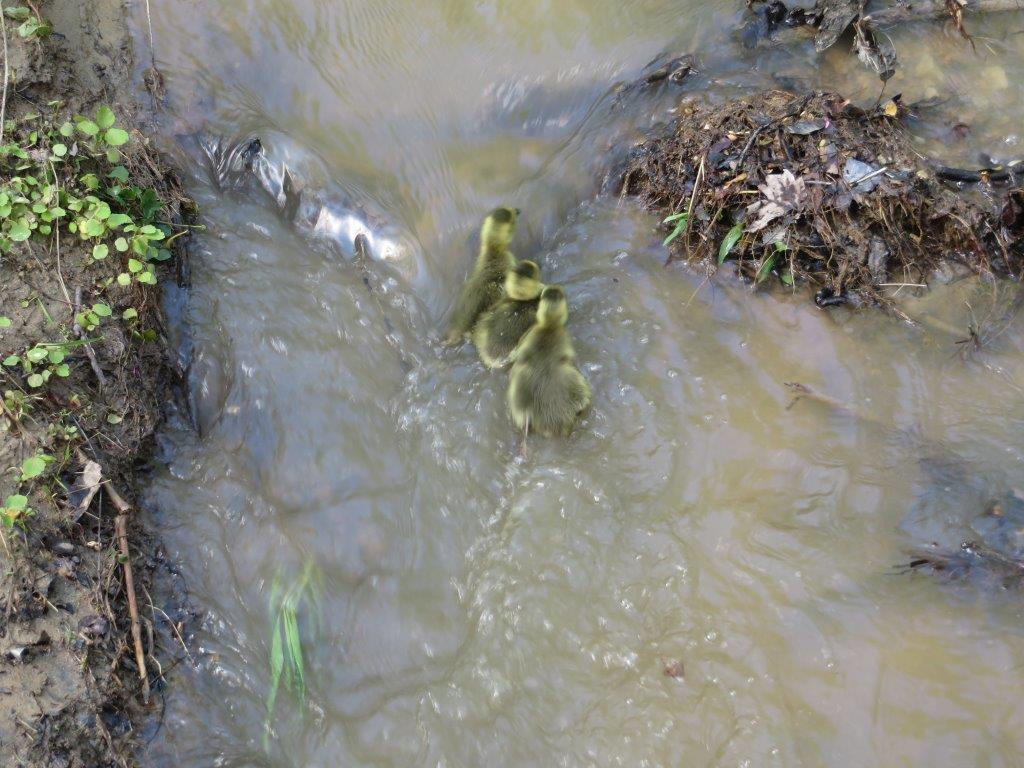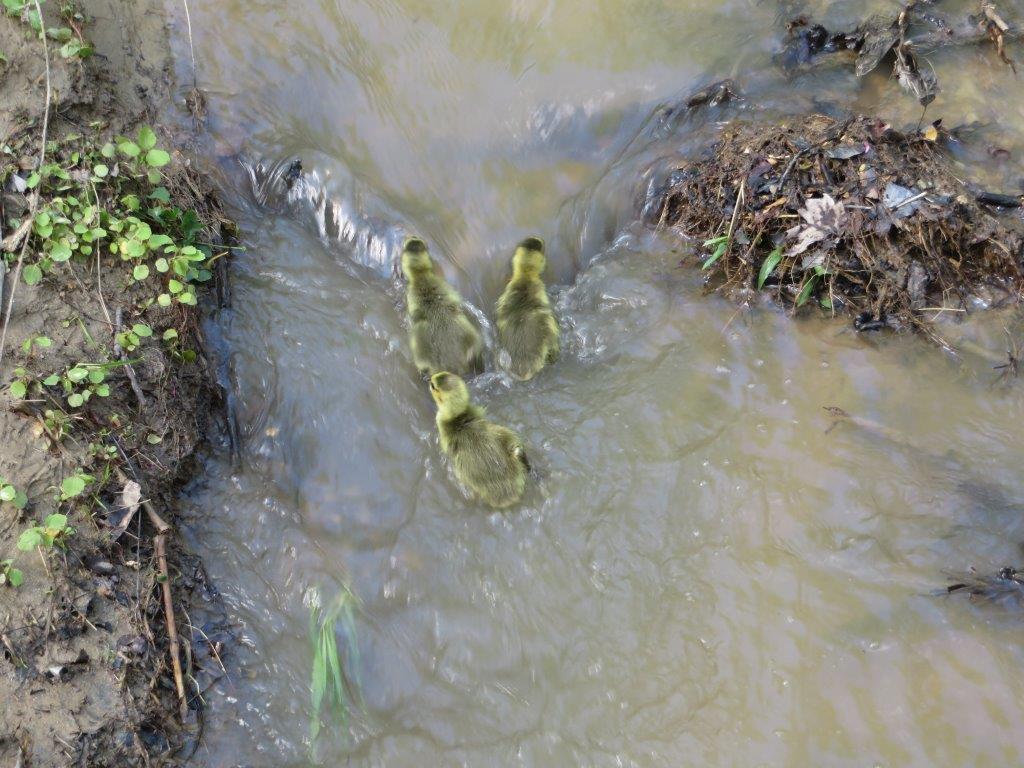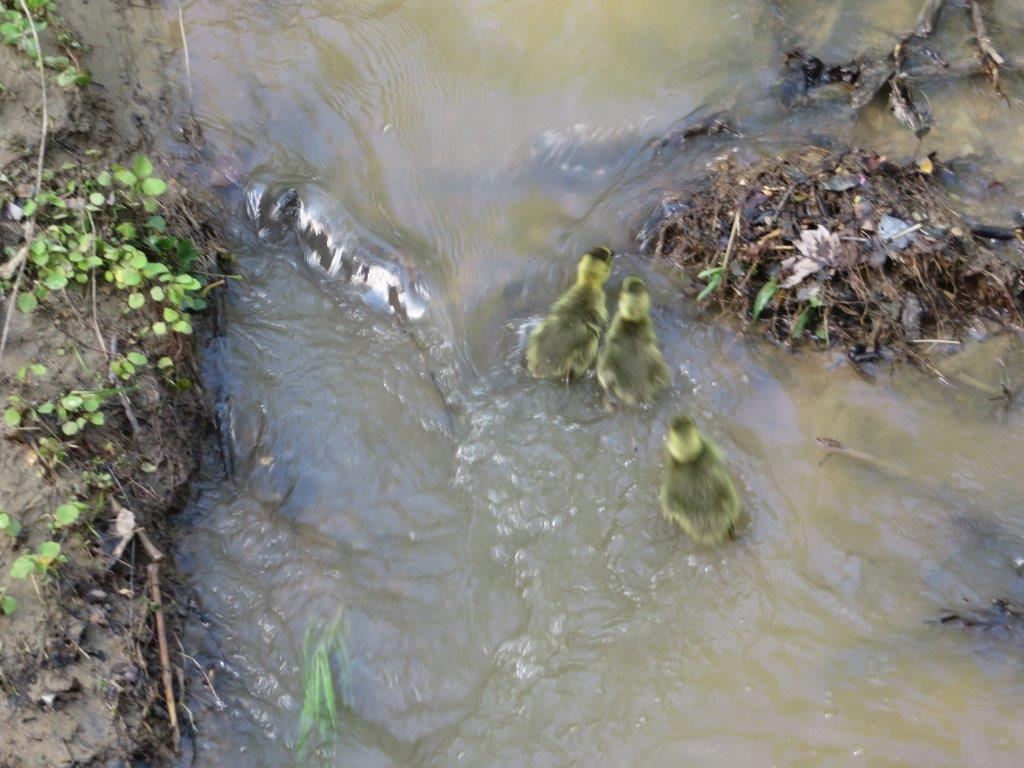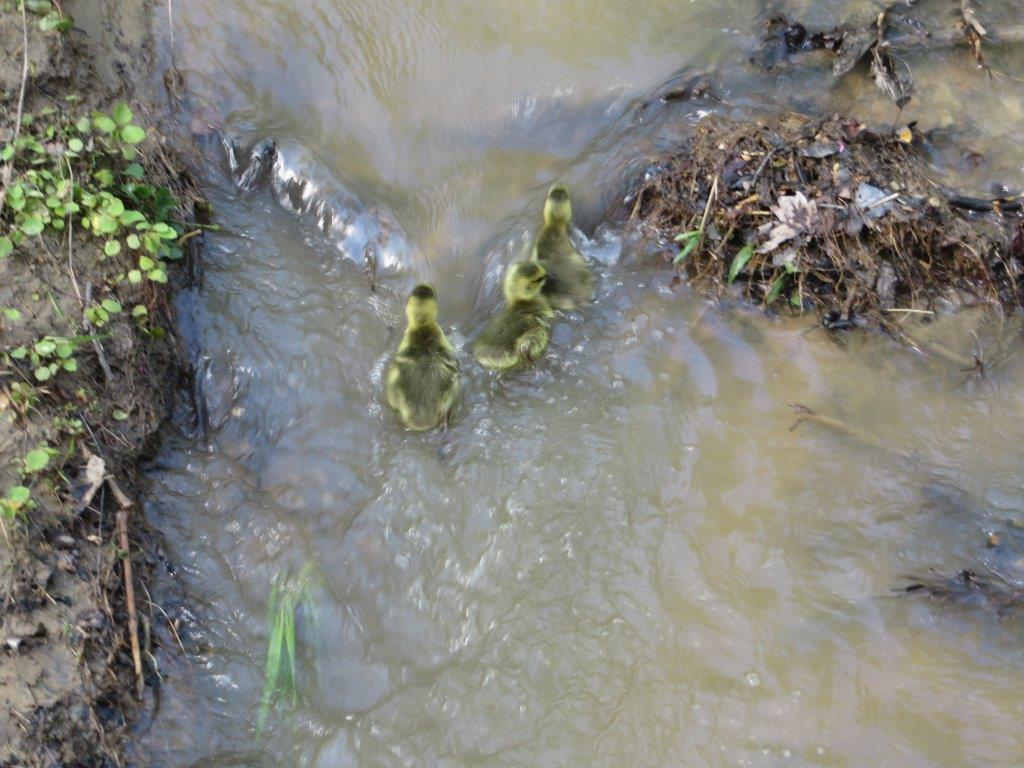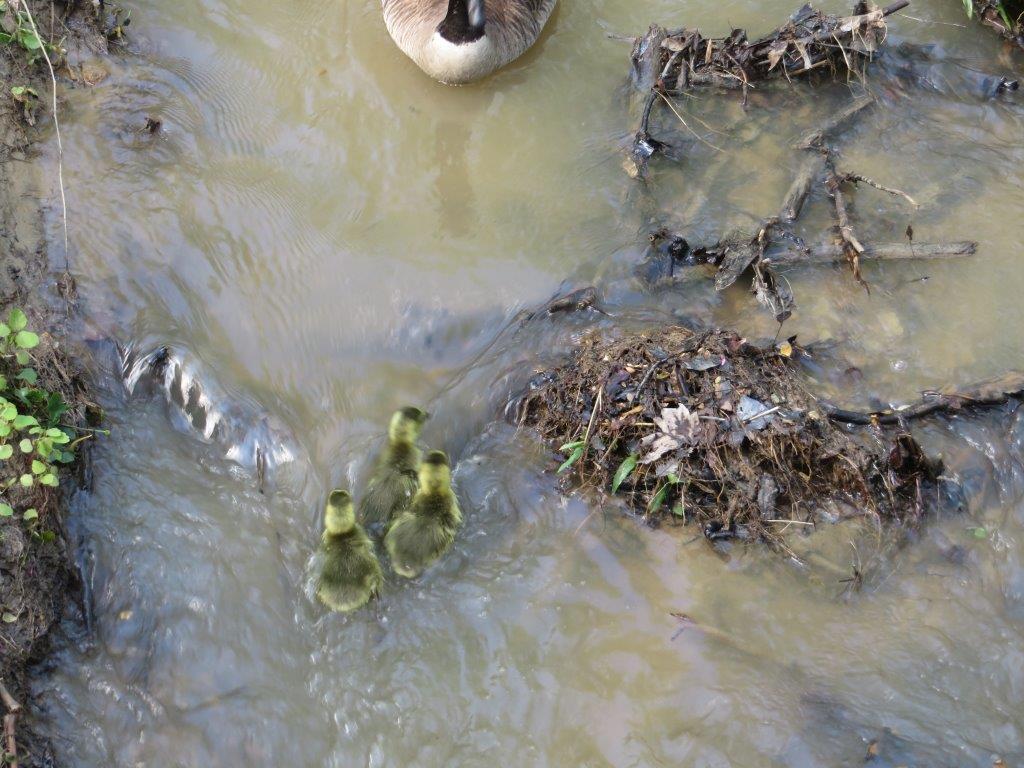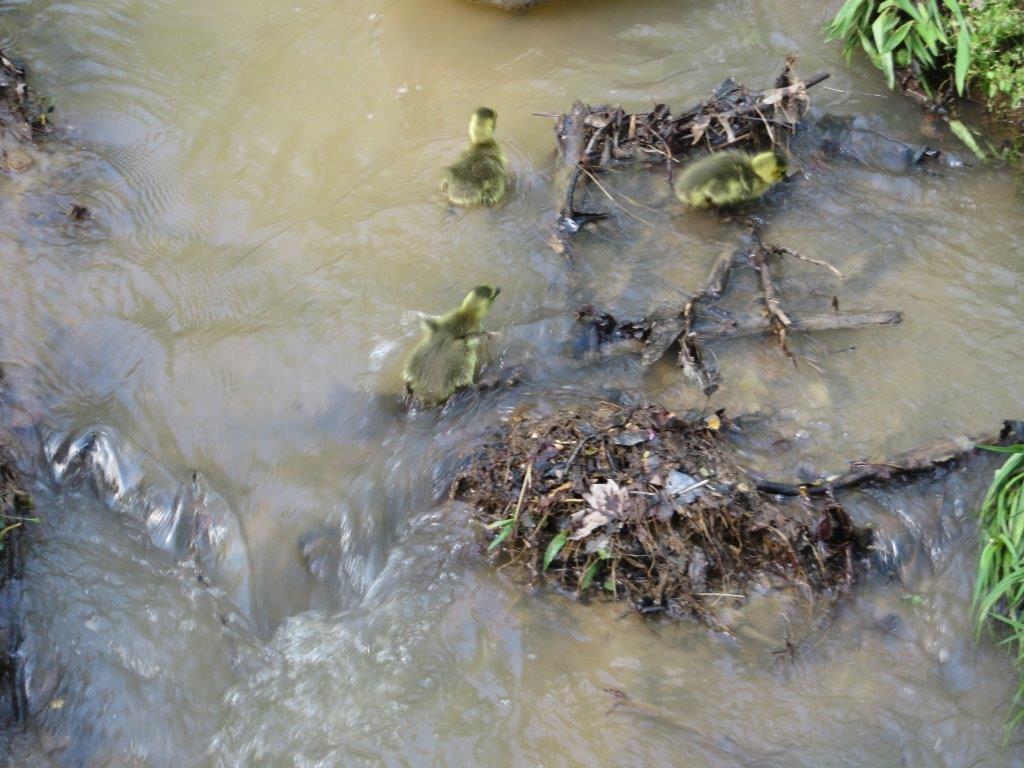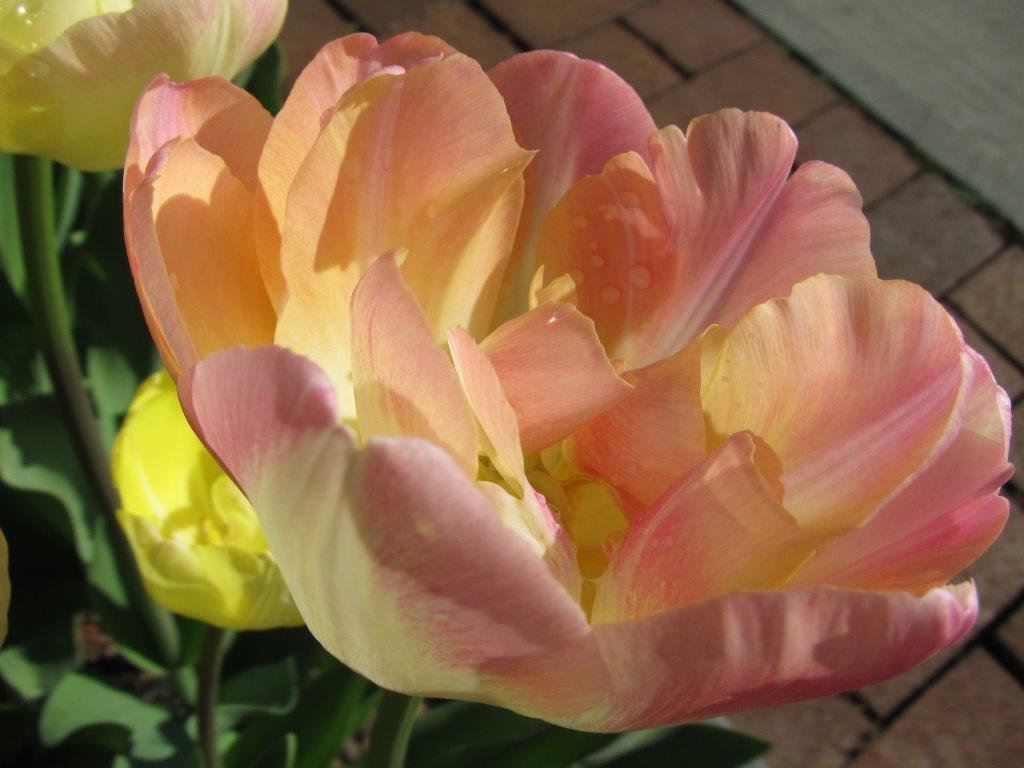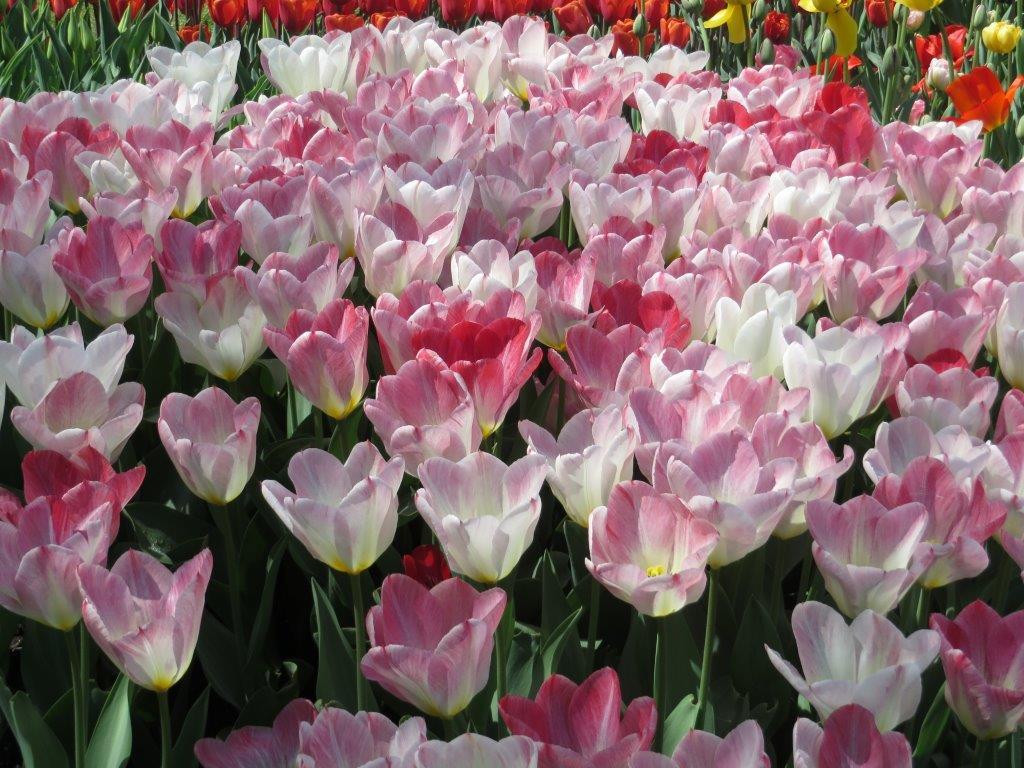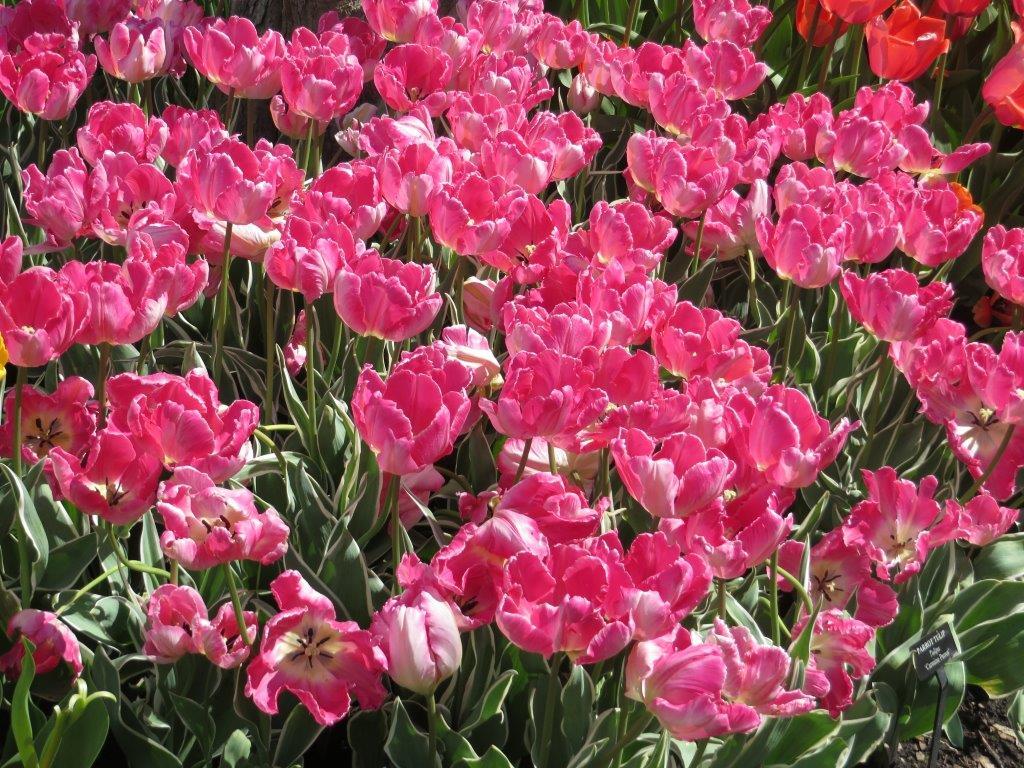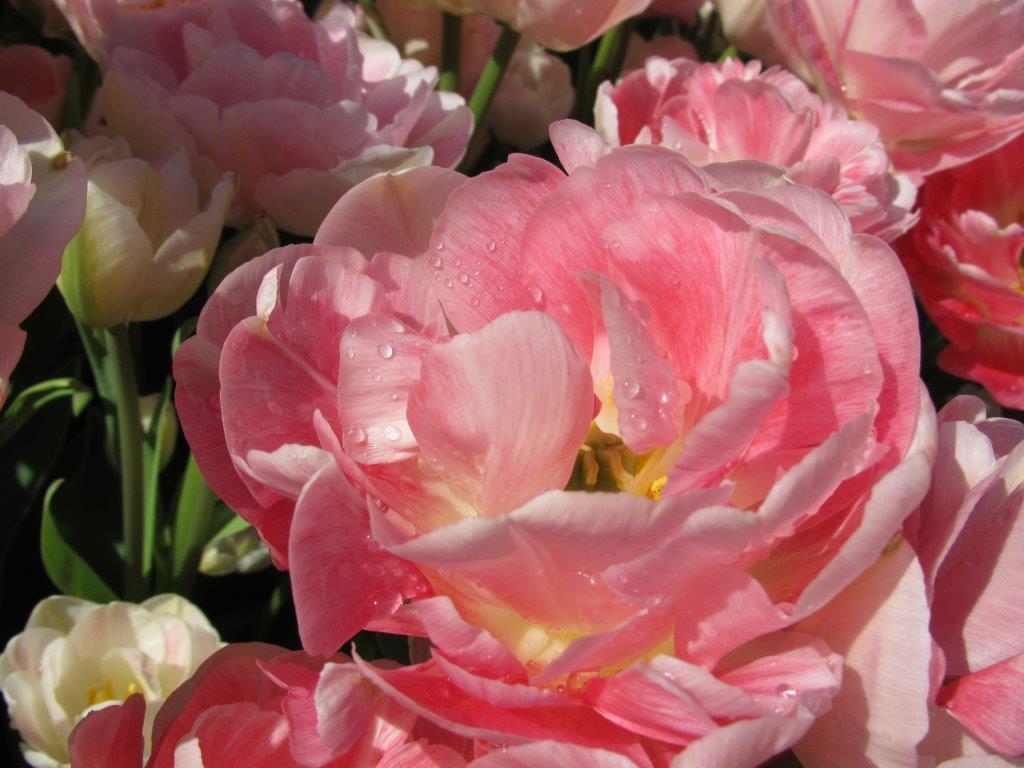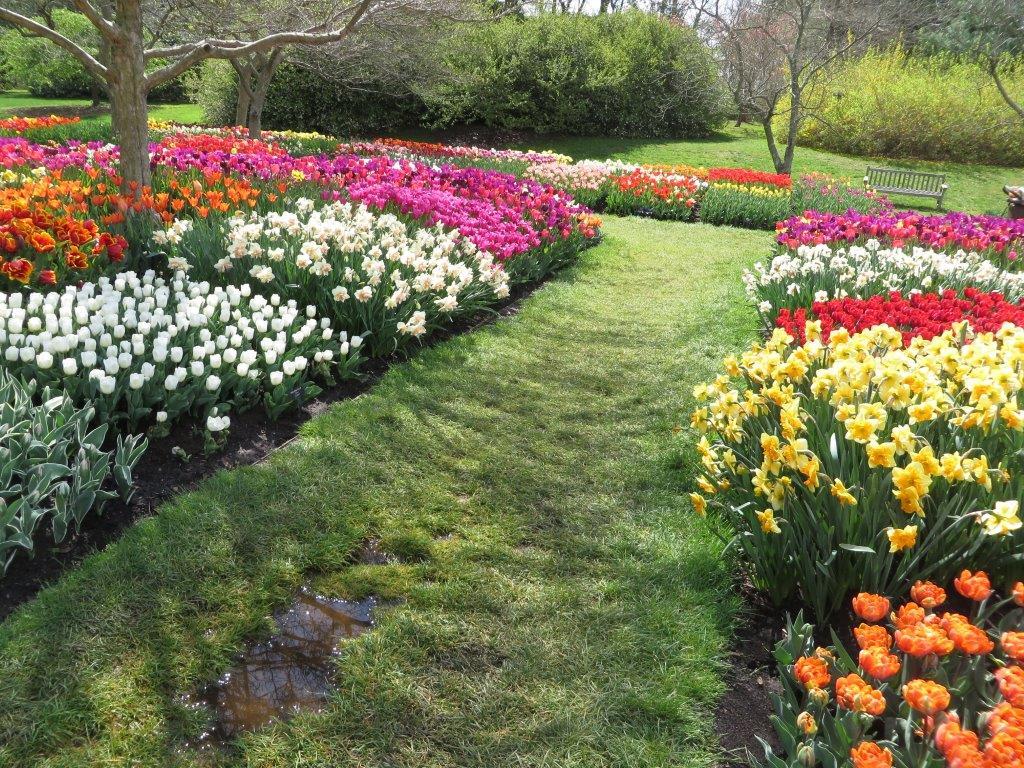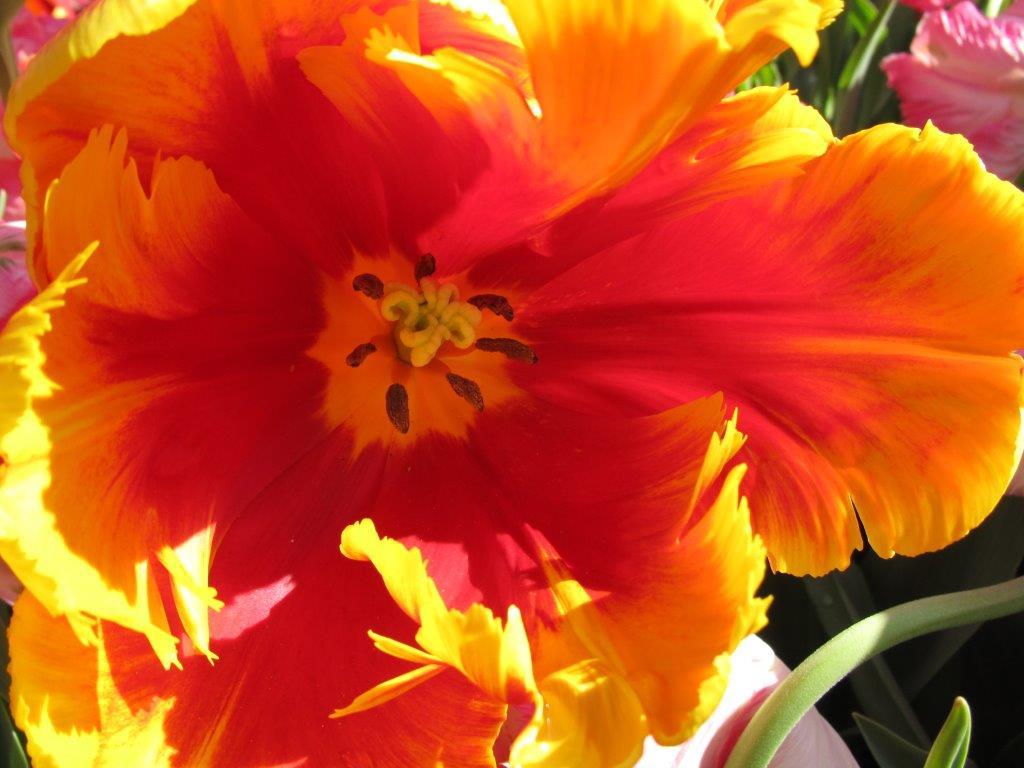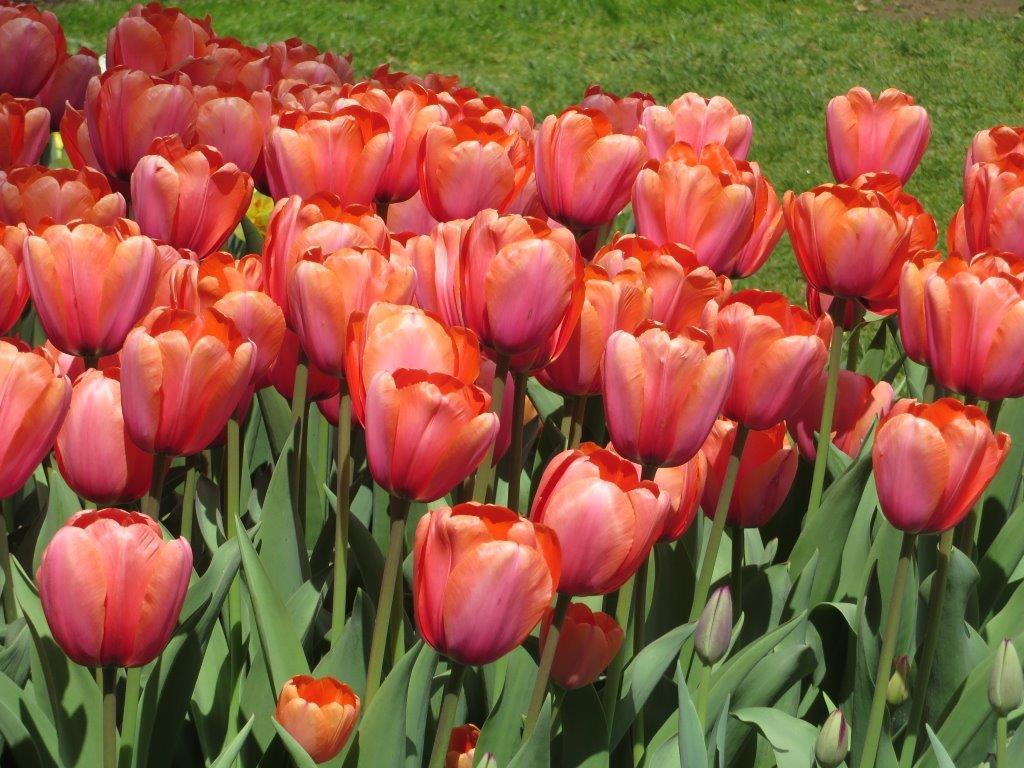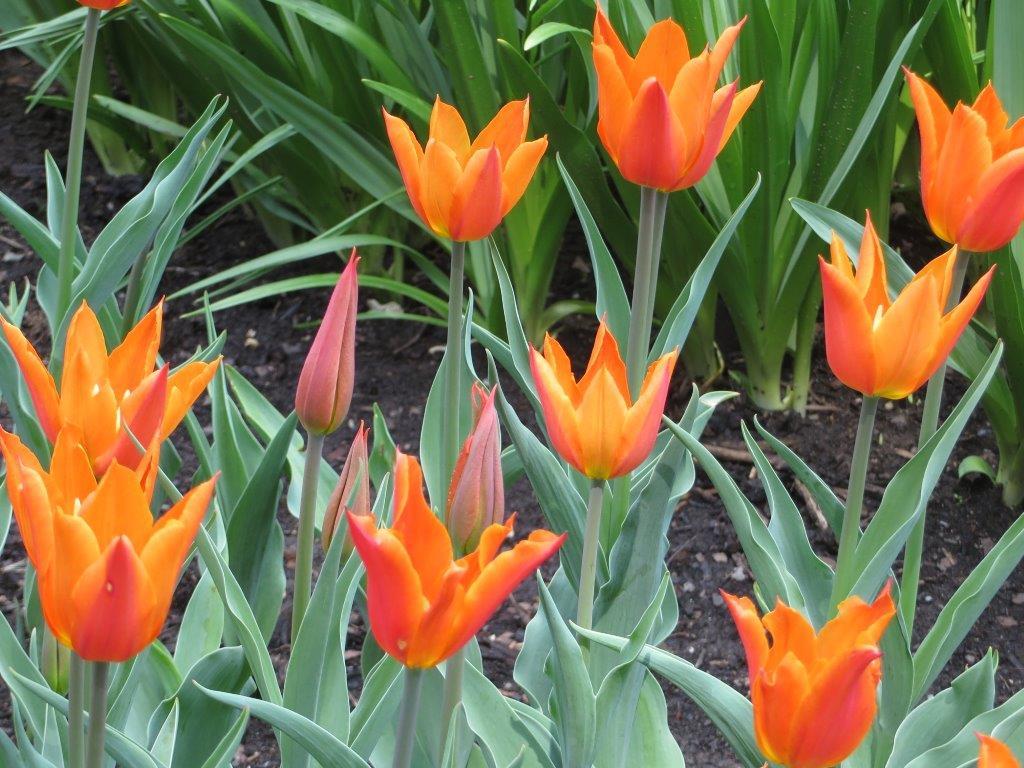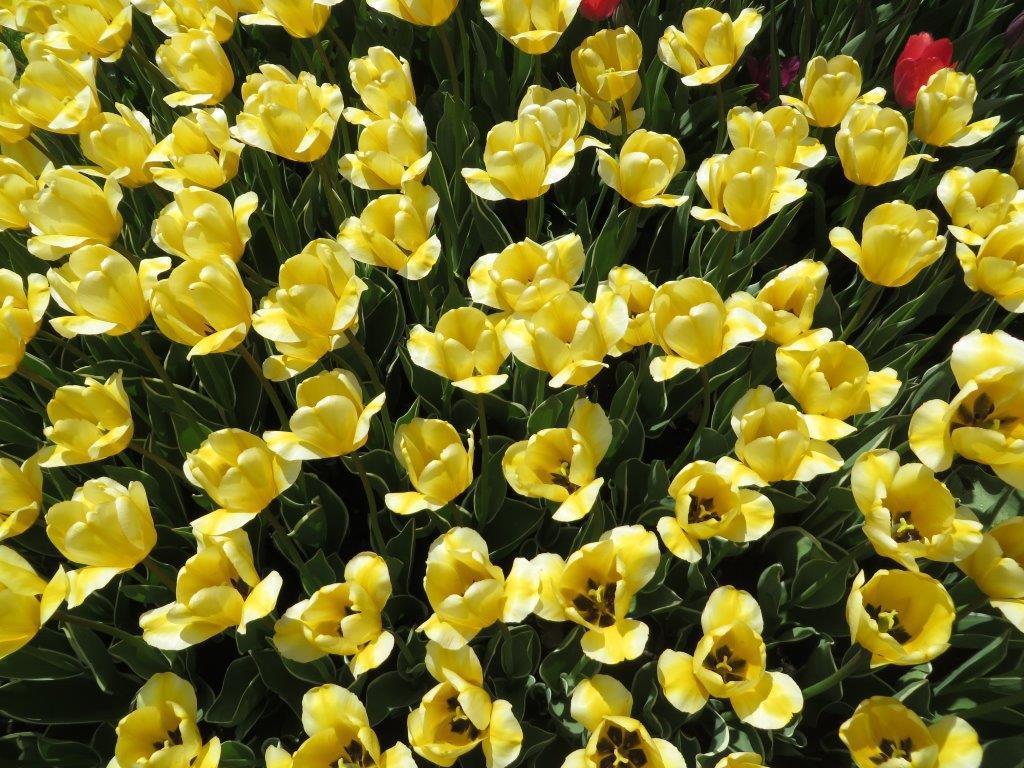Seasonal Foods - May
/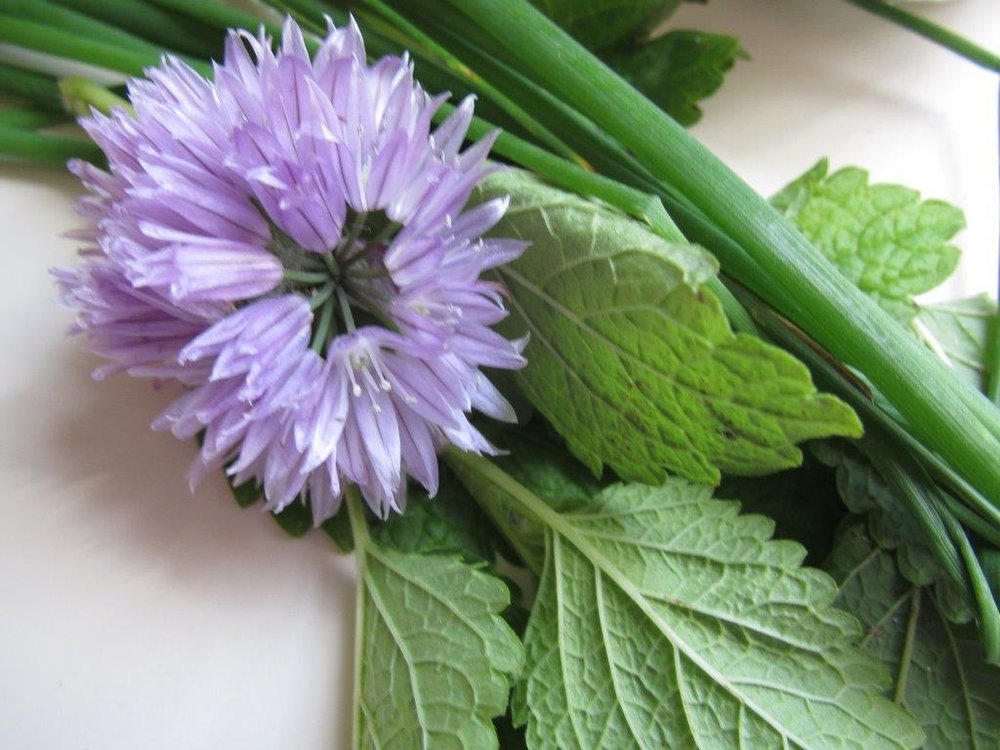 I am celebrating having the first things from my Chaos Garden to add to salads: chives and lemon balm. These two are so well established that they come up and grow abundantly every year. They are best early in the year when they are at their most tender. I like the added color of the purple chives flowers in salads.
I am celebrating having the first things from my Chaos Garden to add to salads: chives and lemon balm. These two are so well established that they come up and grow abundantly every year. They are best early in the year when they are at their most tender. I like the added color of the purple chives flowers in salads.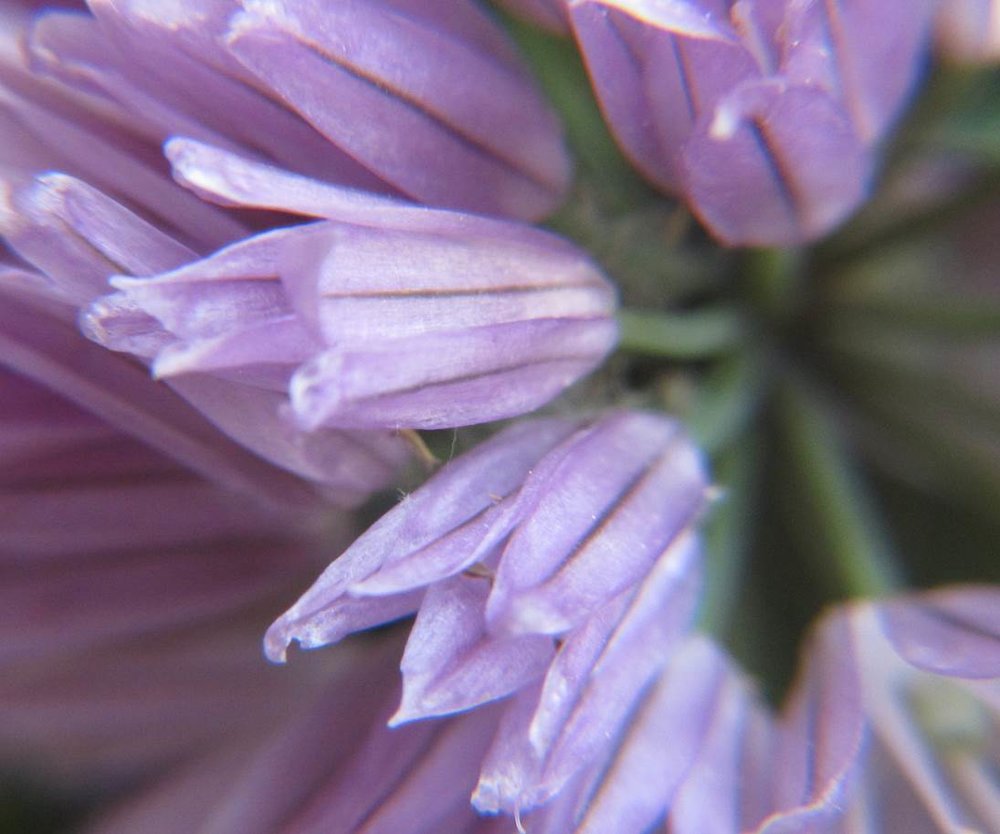
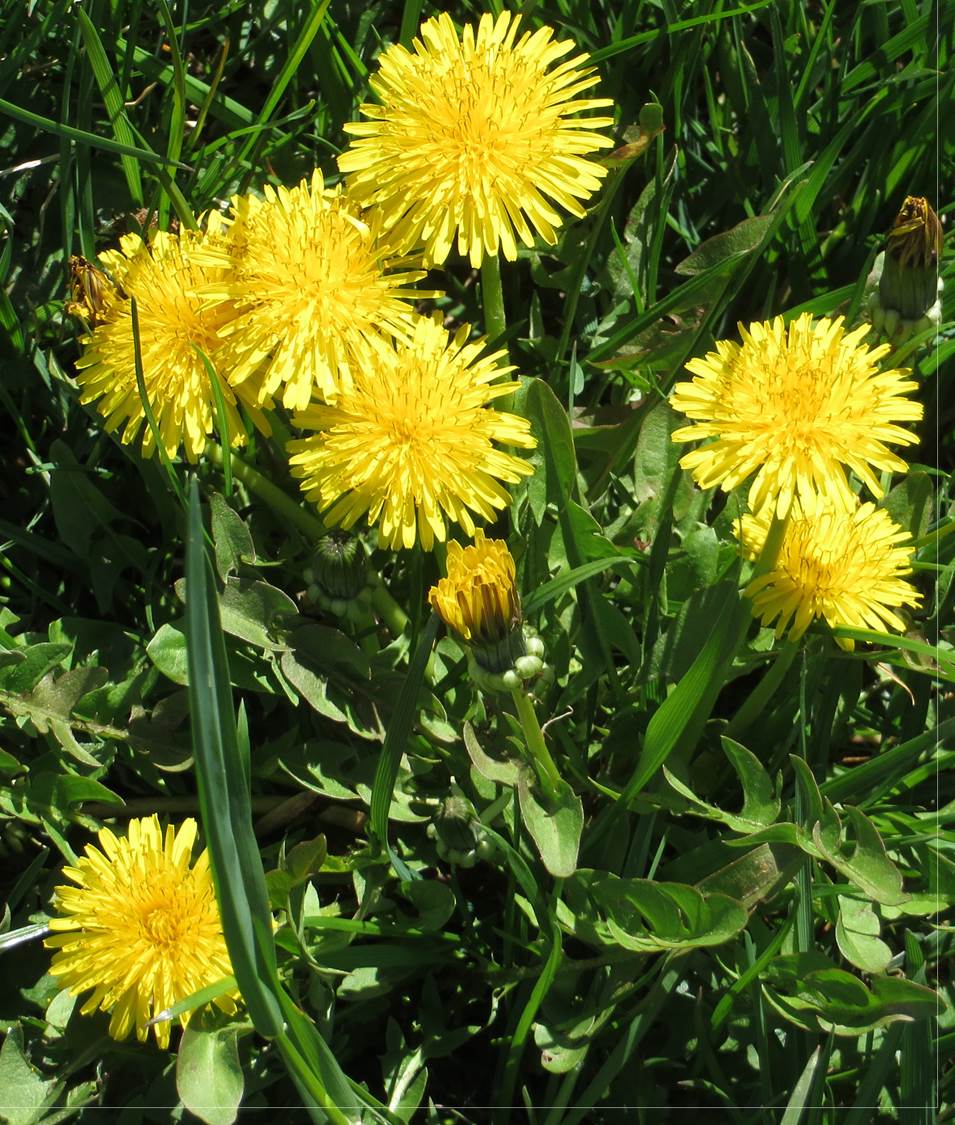 I photographed the first blooming of dandelion flowers but didn’t cut any for salads for some reason; I’ll make an effort for the second blooms since the yellow petals are also nice additions. I’ve never built up any enthusiasm for the leaves (too bitter for me) but maybe that is because I don’t catch them earlier enough.
I photographed the first blooming of dandelion flowers but didn’t cut any for salads for some reason; I’ll make an effort for the second blooms since the yellow petals are also nice additions. I’ve never built up any enthusiasm for the leaves (too bitter for me) but maybe that is because I don’t catch them earlier enough.
A nearby farm advertised pick-your-own strawberries this weekend but I missed the action; there were a huge number of cars parked along the roadside near the farm when I went out for other errands. Everybody likes strawberries and this is their season in Maryland!
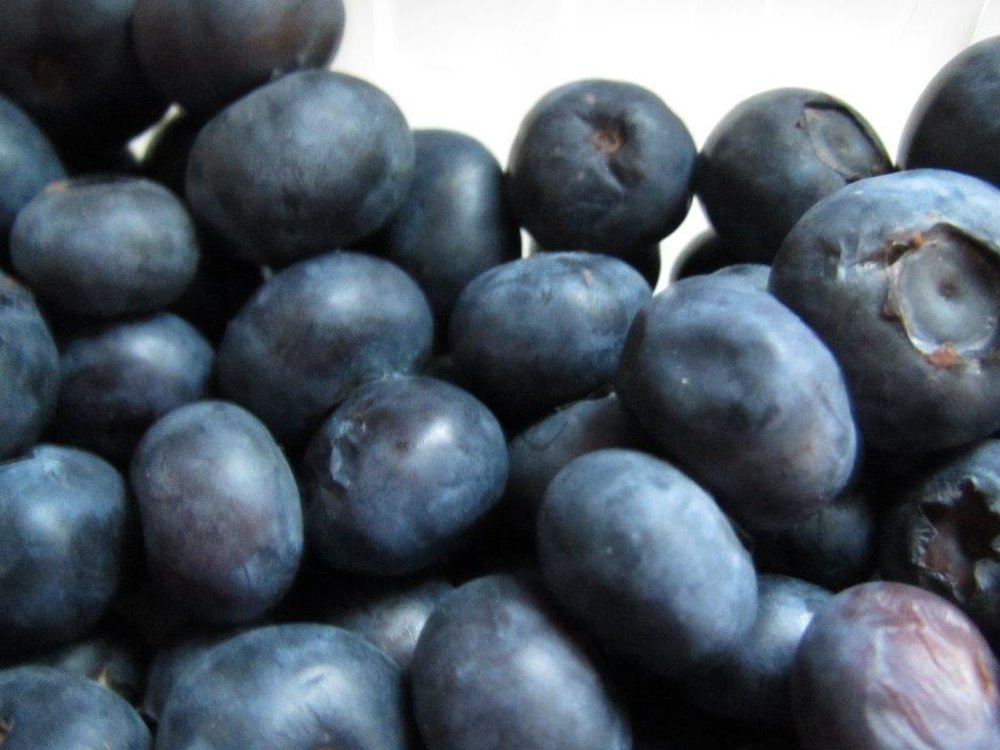 Blueberries are becoming plentiful too. I buy them at the Farmer’s Market or the grocery store. I like them with yogurt on top. If it’s a hot day, I freeze the blueberries and make a smoothie (so far we haven’t had a really hot day, but I’m sure we will before the season is done.
Blueberries are becoming plentiful too. I buy them at the Farmer’s Market or the grocery store. I like them with yogurt on top. If it’s a hot day, I freeze the blueberries and make a smoothie (so far we haven’t had a really hot day, but I’m sure we will before the season is done.





